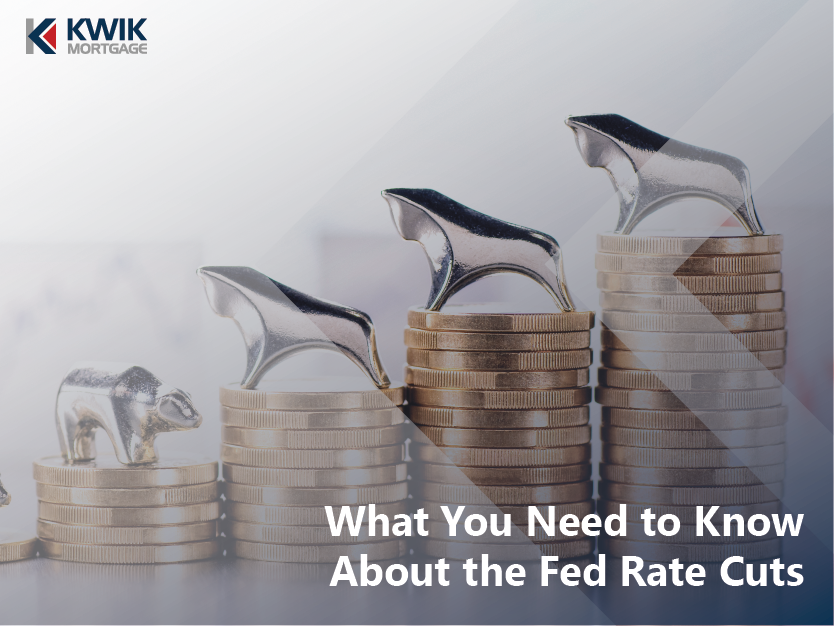The Federal Reserve (Fed) has issued an emergency rate cut to try to maintain economic stability in response to the COVID-19 pandemic.
How Does this Impact You?
It’s worth clarifying that Fed rates aren’t the same as consumer rates. They can impact the mortgage rates you’re seeing.
The following are financial accounts tied to FED rates:
- Credit Cards
- Home Equity Lines of Credit
- Auto Loans
- Savings Account & CD Dividends
What About Mortgage Rates?
Mortgage rates are impacted by multiple financial factors, so the changes to Federal Reserve rates and the 10-year Treasury yield aren’t going to have an immediate effect.
With rates as low as they’ve been, lender capacity and overall market risk can play a huge role in available mortgage rates. Even before COVID-19 started to impact the economy, these historically-low mortgages rates had been steadily climbing back up. The recent Fed Rate cut, coupled with a number of other factors, does indicate that we will eventually see rates go down in the future, however it may not happen immediately due to market volatility and capacity concerns. That said, it is advised to make use of these low rates if it makes sense for you financially.
Summary
Overall, rates are still historically low. If you’ve recently started (or completed) a purchase or refinance, you likely won’t see a dramatically lower interest rate from what you already have. If you’re in the process of buying or refinancing a house, it’s still a great time to do so. Rates may go down in the future, but it is hard to determine exactly when or how substantial that change may be. As with any economic prediction, this is based on a snapshot of current conditions, other factors may arise in the interim that may impact rates positively or negatively.
Every individual scenario is unique. If you have questions about purchasing or refinancing a home, talk to one of our experts.






